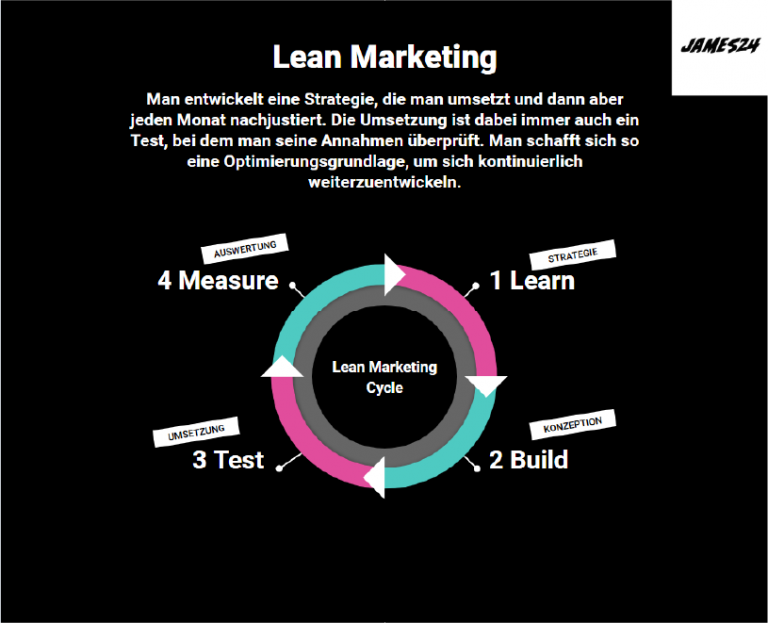Marketing as a valuation driver in m&a
When thinking about the key factors of acquisition success in m&a, marketing probably wouldn’t be the first factor that comes to your mind. But this is becoming a big thing. Mc Kinsey just published an article, where it described the potential as „the way to superior growth„. In the end, marketing means creating revenue generating potential, which is the basis for company growth.
For those who are not familiar with m&a: Before you sell your car, you refurbish it, to be able to sell it for a higher price. Spending a couple of hundred euros and some hours of your time can often increase the value by €1.000+. In m&a we call this the premium valuation. If you are planning to sell a company, you position your compnay as an „aqcuisition opportunity“ for investors. If the m&a consultant is doing a good job, he might be able to increase the value by 30% and more.
One of the main valuation drivers here is the growth potential. In this article I will write about the most undervalued business assset nobody is talking about (and the key insight my business is based on).
Customer Lifetime Value
I did an analysis on Amazon, Facebook, Google, Netflix and all the other big tech players with the focus on „hidden values in stocks“, i.e. „the not so obvious“ things.
First, I found there is one thing all these companies have in common, which is a high customer lifetime value (LTV).
They make more many on one customer than other companies. Therefore – and that’s a big deal – they can spend money on marketing to win one customer.
So, if you, as a business, have the same target group as someone else with a higher LTV, you are doomed (longterm), as the cost of doing marketing (which is nothing else than buying peoples attention, which is a limited resource), gets higher over time, until you can’t afford it anymore.
Revenue generating potential
Then I realized, although there is a high correlation betweetn LTV and Company Value, it is not the causality. Having a LTV of €100.000 is worthless, if you need to spend €200.000 in marketing to win the customer.
So, what you really want is revenue generating potential.
First, I will define it by 4 metrics to determine the revenue generating potential and derive success factors. Then I will showcase amazon as an example.
How to measure revenue generating potential?
LTV: What is the average revenue (or profit) per customer?
CAC: What are your customer acquisition costs?
Scalability: How do LTV and CAC change with increasing customer numbers?
Amortisation time: How long does it take until a marketing investment turns into revenue?
What are the value drivers for revenue generating potential?
Product: Do you have a differentiated product that gives you a competitive advantage oder a superior innovation process?
Brand: Do you have a brand, that allows you to put a premium on your price tag?
Knowledge: Do you have specialized knowledge, which allows you to produce educational content and position as an expert / thought leader in certain topics?
Data: Do you have access to user data, which allows you to a) derive sales potential and b) personalize products?
Attention: Do you have content, media channels or communities, which gives you access to the attention of your target group?
Applying the scalable marketing framework to Amazon
Let’s take Amazon as an example.
Amazon has a large product range, which allows a lot of cross selling. It’s also super easy to make a purchase (compared to other online shops), as you have a one-stop-shop experience and don’t have hassle with different logins and orders at several shops. This leads to a higher repurchase rate and therefore extremely high LTVs.
At the same time their CAC is super low, due to the high brand awareness.
But they are also doing amazing in terms of getting access to user data. The value of products like Echo is based on user data access potential. Even in a product like Prime Video, you could image a scenario, where they use their knowledge of which series / movie you seen, in order to personalize ads (better than others -> lower CAC). Maybe someday you may even see a product in a movie and get a direct purchase link to amazon.
Conclusion
Revenue generating potential (which I summarize them in the term “Customer Access”, as it is all about getting access to a customer), may be the most undervalued business asset and can be seen as the basis for longterm company succuess in general. As m&a companies do not really have it on the agenda yet, there is a lot of potential for m&a companies here for increasing the premium valuation, the purchase premium and thereby gain a competetive adavantage.


